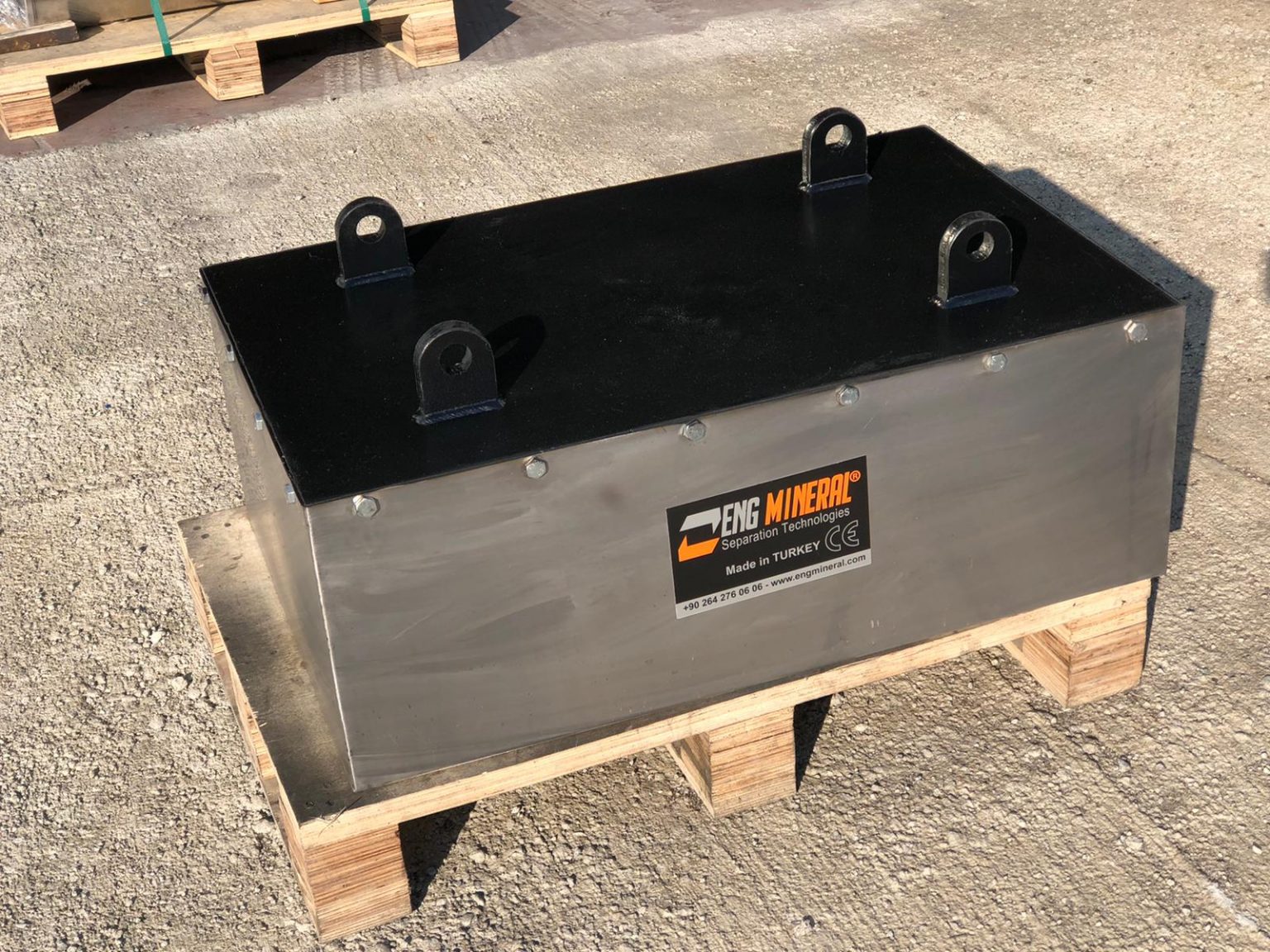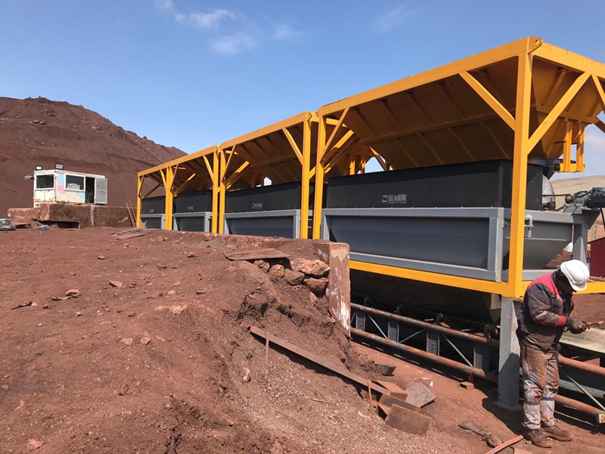

Dry magnetic separation has recently been adopted especially by metallic ore beneficiation plants to cope with costs.
In order to significantly reduce the production costs of an iron plant in particular, we can both facilitate the plant operation and reduce the plant cost by separating unwanted materials with dry magnetic separation before entering the concentrate plant and grinding process. In this respect, dry magnetic separation with the correct grain size and correct magnetic intensity is very important.
Dry magnetic separation is mainly applied to remove the magnetically insensitive gangue material from the system before grinding iron minerals, reducing the volume of the material to be ground and thus reducing grinding energy consumption.
Due to the global supply shortage of high-grade materials, facilities are now starting to see low-grade ore types as alternative production sources. Thus, low-grade ores that are leftover or waste in the facility begin to be added to production. However, considering the specific characteristics of low-grade ore, adequate separation and high-efficiency preliminary separation are required to increase the production efficiency and economic benefits of the facilities.
In order to achieve better efficiency and separation in dry pre-enrichment and magnetic separation, it is beneficial to reduce the grain size of the fed material according to its mineralogical properties. However, electrostatic and van der Waals forces negatively affect the performance of dry separation, especially in metallic ores with particles smaller than 75 microns.
As ENG MINERAL, together with the ore owners who will invest in this context, we conduct experiments with magnetic separators and systems of different magnetic strengths and sequences in our laboratory, and guide them to the right machine selection and investment.
Tags: magnetic magneticseparator magneticdrumseparator dry drum magnetic separator magnetic separator dry drum magnetic separator magnetic magneticseparator high gradient magnetic separator


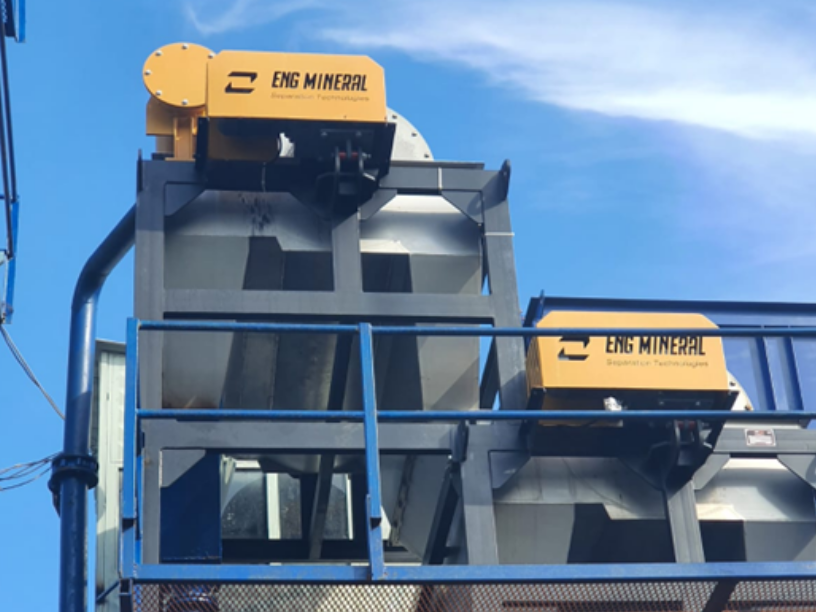
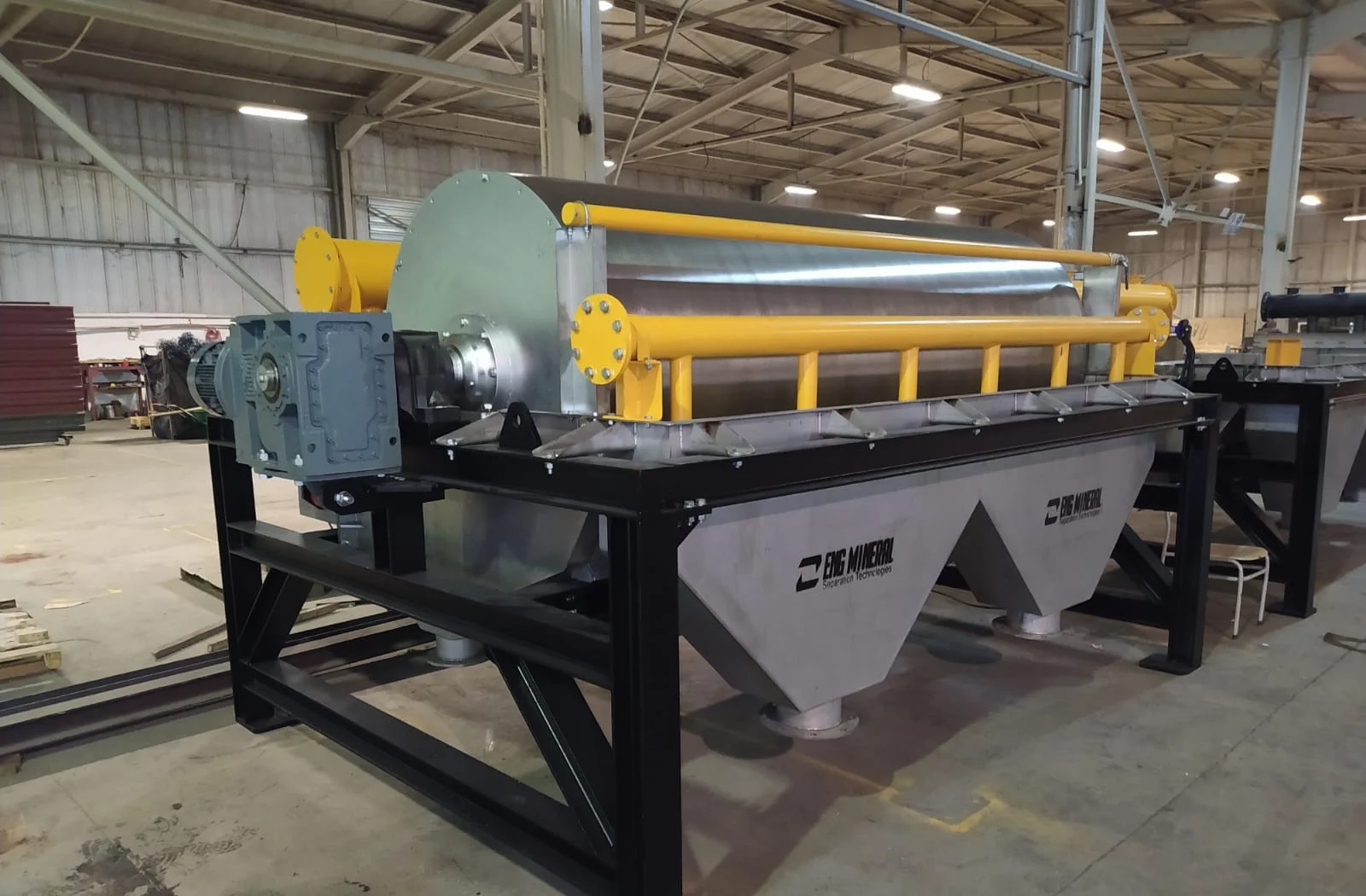
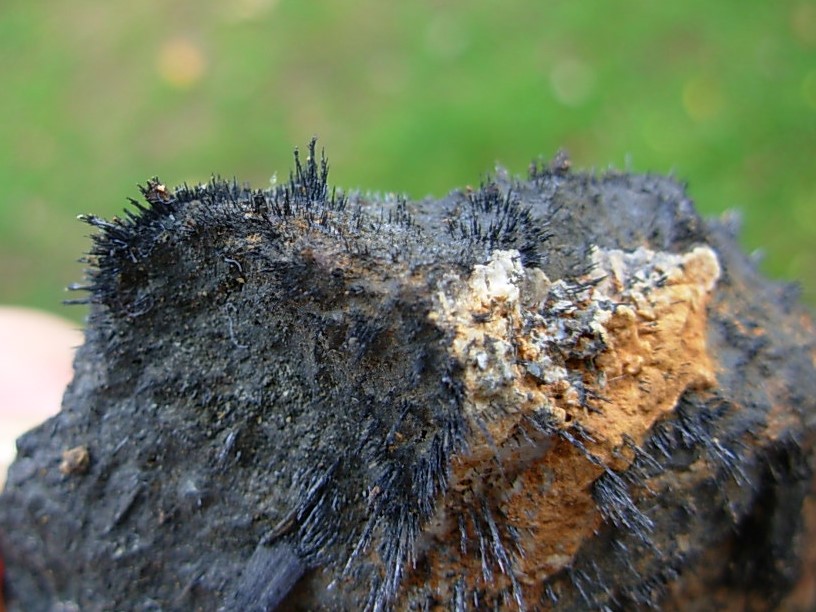
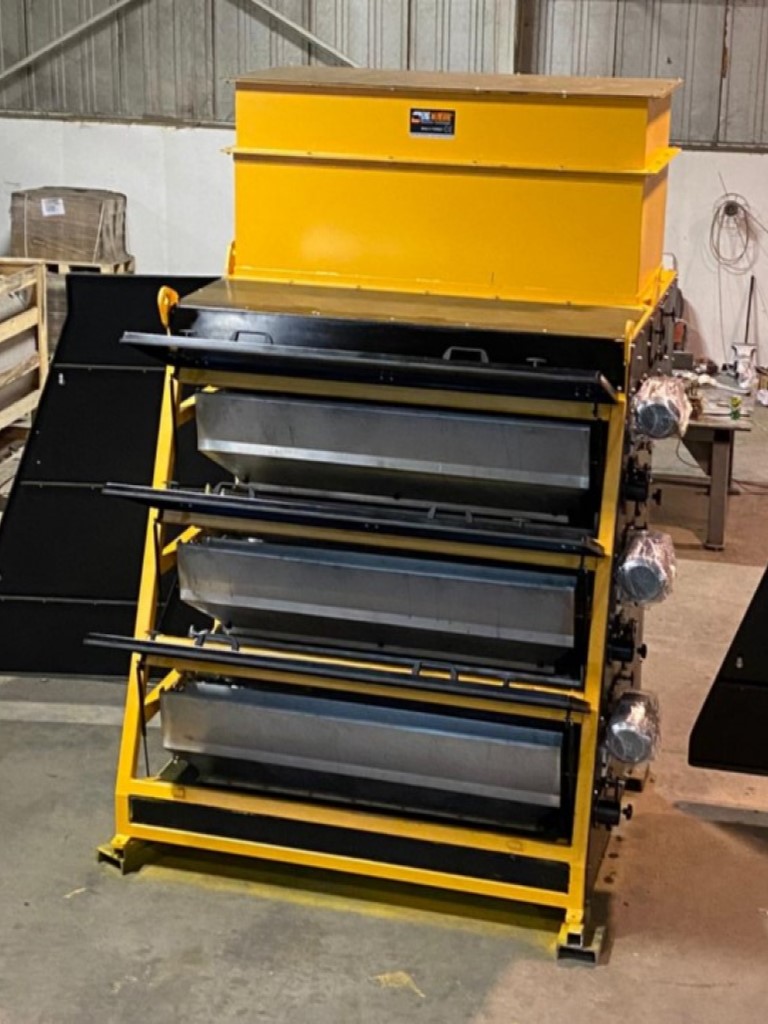

.jpg)
